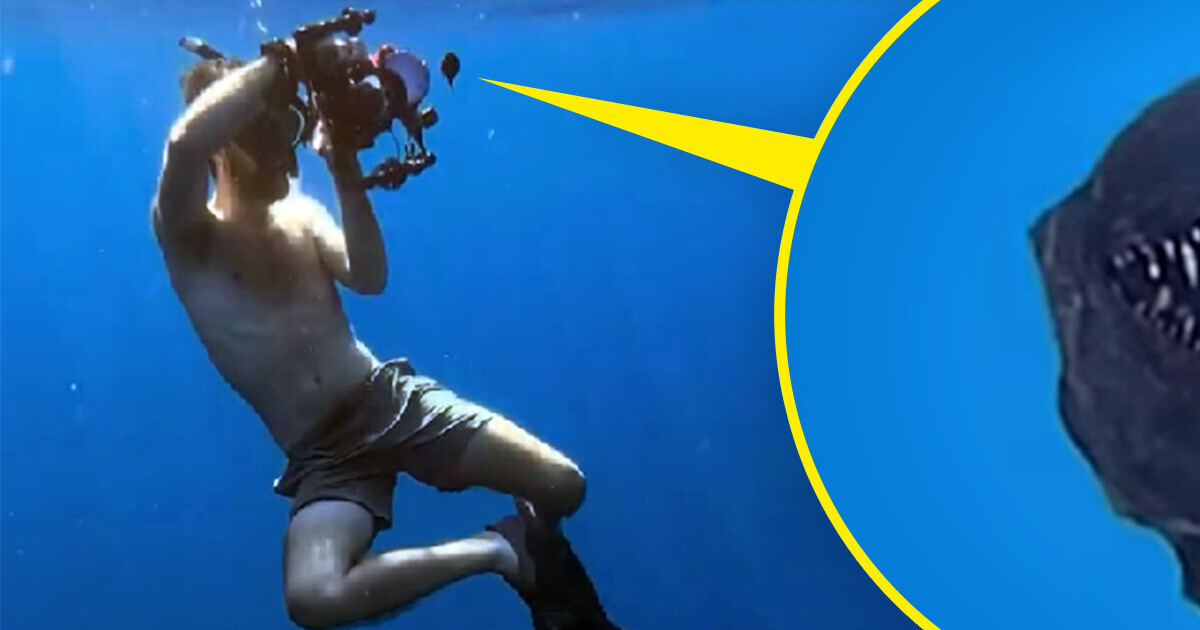How a Botched Plastic Surgery in the 2000s Almost Ruined Priyanka Chopra’s Life


In a rare and chilling sighting, marine wildlife photographer David Jara and marine biologist Laia Valor captured footage of a deep-sea anglerfish floating near the surface off Tenerife’s coast. The black seadevil (Melanocetus johnsonii), known for its bioluminescent lure and nightmarish appearance, is usually found at depths of 6,500 feet. The sighting, reported by BBC Wildlife’s Discover Wildlife, has sparked discussions among scientists about the mysteries of the deep sea and potential environmental changes.
Marine biologists have recorded an extremely rare deep-sea anglerfish swimming near the ocean’s surface. The black seadevil (Melanocetus johnsonii), a species typically found in the pitch-black depths of the ocean, was spotted off the coast of Tenerife, Canary Islands. This sighting is believed to be the first-ever documented observation of this species in daylight near the surface, leaving scientists both thrilled and puzzled.
Scientists are still investigating the reasons behind this unusual occurrence. Researchers haven’t determined why this fish showed up near the surface, but some scientists speculate that some individuals of the species sometimes rise up to the surface during the El Niño weather event, which reduces the amount of cold water upwelling off the coast of North America.
Unfortunately, the anglerfish did not survive for long after being discovered. It has since been preserved at the Museum of Nature and Archaeology in Santa Cruz de Tenerife, where experts will conduct further studies.
This sighting is not an isolated case. In August 2024, a 12-foot-long oarfish—another deep-sea species—was discovered floating near San Diego by a group of kayakers. Oarfish typically inhabit the mesopelagic zone, where sunlight does not reach, and have only washed up in California about 20 times since 1901.
These recent events raise important questions:

The deep sea remains one of the least explored and most mysterious parts of our planet. The recent sighting of a deep-sea anglerfish near the coast of Spain's Canary Islands offers a rare glimpse into a species usually confined to the ocean's darkest depths. Scientists believe environmental factors or biological distress may have caused it to surface. This event highlights the need for further marine research to uncover the hidden wonders of the deep.
If you're interested in the strangest things deep-sea divers have found, check out our article about it!











